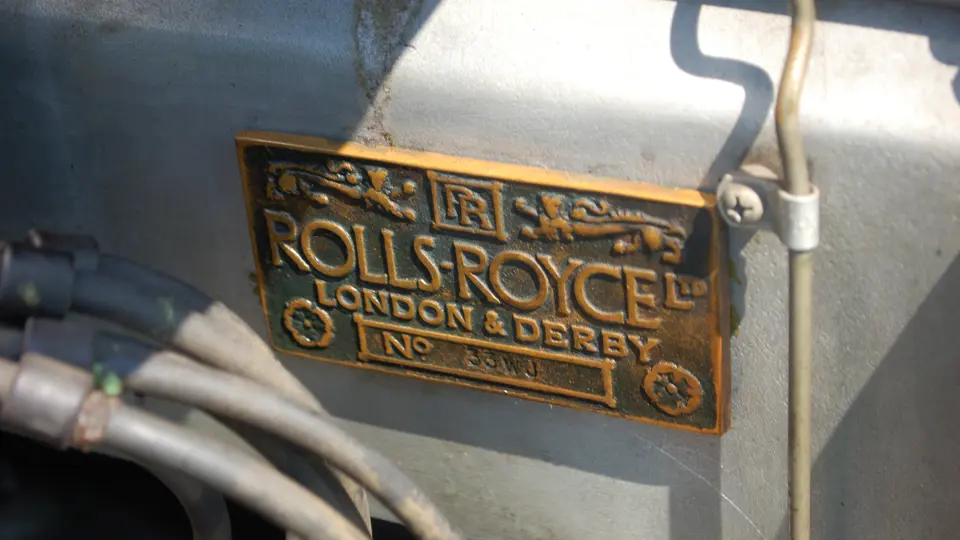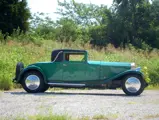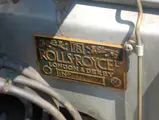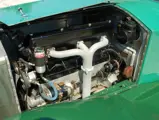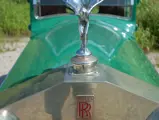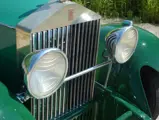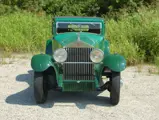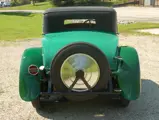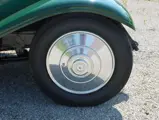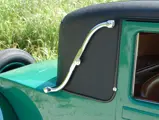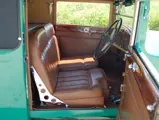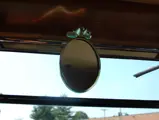40/50 hp, 7,668 cc overhead valve six-cylinder engine, four-speed manual gearbox, solid front axle and live rear axle with semi-elliptic leaf springs, and four-wheel servo-assisted brakes. Wheelbase: 3,810 mm
• Stunning Weymann coachwork
• Reported as Paris Salon car in 1929
• Believed to have been delivered new to Ernest Hemingway
The New Phantom, as Rolls-Royce originally called the Phantom I, differed from its predecessor, the Silver Ghost, mainly in its engine. An overhead valve unit of 7,668 cc, it incorporated a removable cylinder head, latterly of aluminium. It remained, then, for the Phantom II introduced in 1929 to make chassis improvements, which it duly did.
The Phantom II chassis sat much lower, and semi-elliptic springs were used all around, with the rear axle underslung. Central lubrication was fitted, and the engine was up-rated with new combustion chambers and manifold improvements.
This Phantom II carries a celebrity legend; no fewer than three books and countless oral traditions link it to the renowned writer Ernest Hemingway, but conclusive documentation remains elusive. There are some records at the Henry Royce Foundation at Paulerspury that carry the name Hemingway (sometimes spelt “Hemmingway”), but there is no indication of an initial, a first name nor an address. The chassis card identifies 33WJ as delivered through Automobiles Rolls-Royce France, the Paris concessionaires, to coachbuilders Société Weymann, specifically for C.T. Weymann.
Charles T. Weymann was a clever inventor. Having patented a system of body construction involving a flexible and silent wood frame with metal joints and a fabric covering, he not only employed the technique at his own works but licensed it to others. At one time there were 123 other coachbuilders, worldwide, using his system.
In 1921, Charles Weymann opened Société Weymann in the Rue Troyon in Paris. The first work was on French chassis, the likes of Voisin, Panhard, Hotchkiss and Delage. In 1929 Weymann developed another variation on the technique, substituting a metal skin for fabric. The pièce de résistance was built on a Bugatti Royale chassis and won prizes everywhere it was shown. This Rolls-Royce is bodied using the metal panel Weymann technique.
Ordered on 14 June, 1929, the chassis came off test on 16 August and was shipped from London to Boulogne. Originally annotated as a Sedanca de Ville, the body completed by Weymann was later described on the chassis card as a “Short Coupled Saloon.” It could also be described as a two-passenger coupé. Fitted with landau irons as ornamentation, the car is devoid of side-mount spares, using instead a vertical single tyre at the rear. The effect is pleasing and avoids the ungainliness exhibited by some long-wheelbase coupés.
The car is believed to have been displayed at the October 1929 Paris Salon, probably on the Weymann stand, where its sister car, 34WJ, a brilliant yellow limousine, was presented as well. Its last documented appearance in France came in a factory photo taken in April 1930, where it carried Paris trade plates. That photo, now in the Henry Royce Archives, is similarly and tersely annotated “Hemingway,” with no further information. The car is known to have been in the USA prior to the 1960s, when photos of it appeared in The Flying Lady, the magazine of the Rolls-Royce Owners Club.
An older restoration, the car has been professionally fitted with power-assisted steering for touring. Handsome in two shades of green, its paintwork, interior and brightwork are very presentable, showing only modest cracks in the paint at stress points, a legacy of its tour mileage. The chassis is well maintained and recently detailed. Combining Rolls-Royce quality, sporting two-place coachwork, an aggressive presence and a celebrity legend to boot, this car will always be the centre of attention at any event.
A reduced import tax of 5% may be applicable to this car. For further explanation please speak with an RM representative.
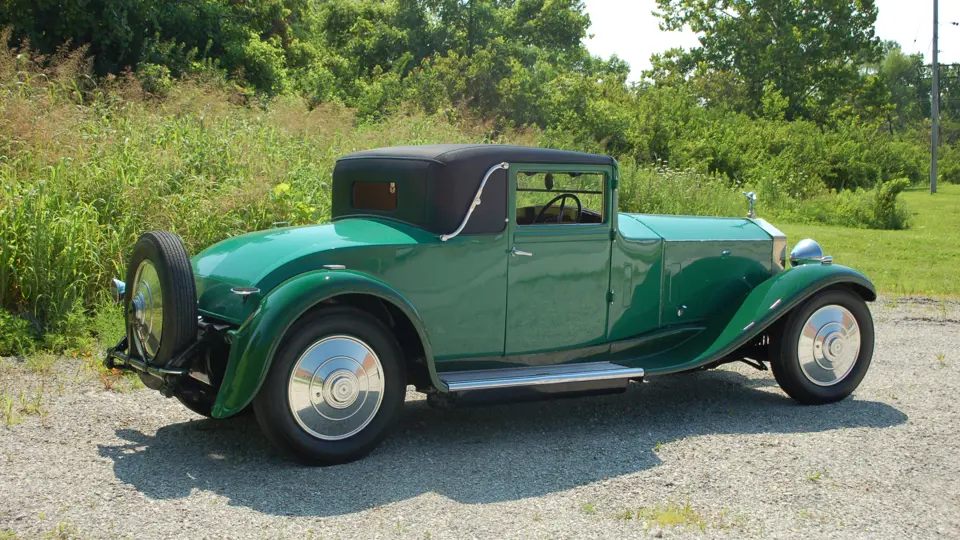
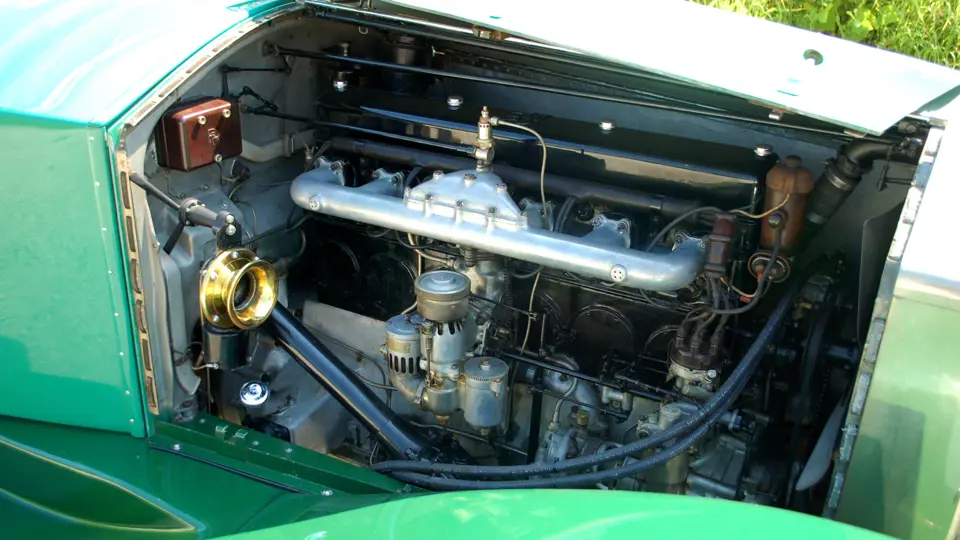



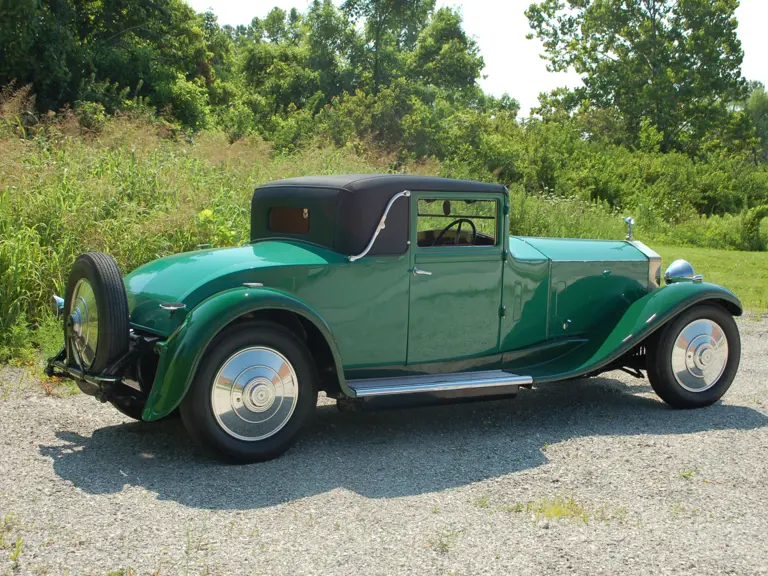

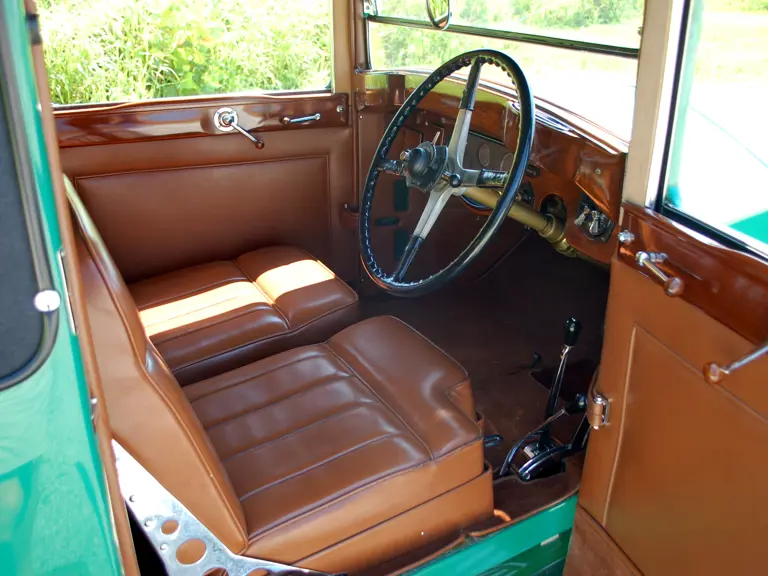
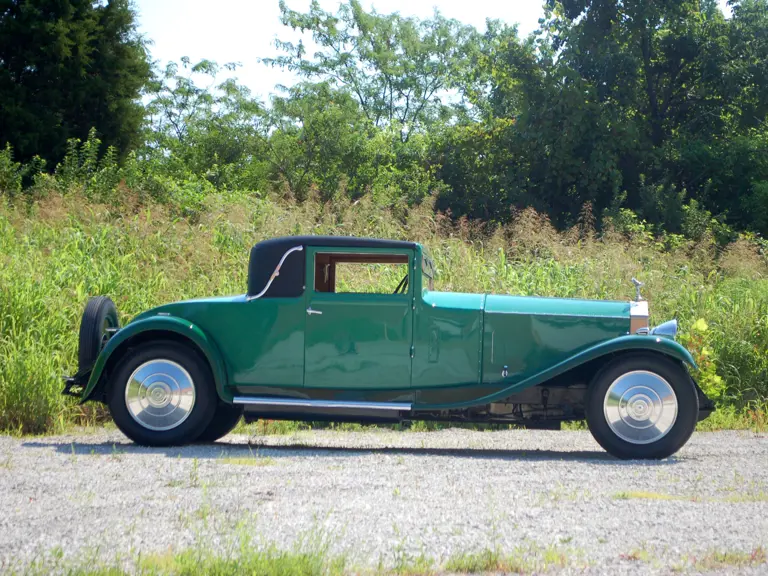

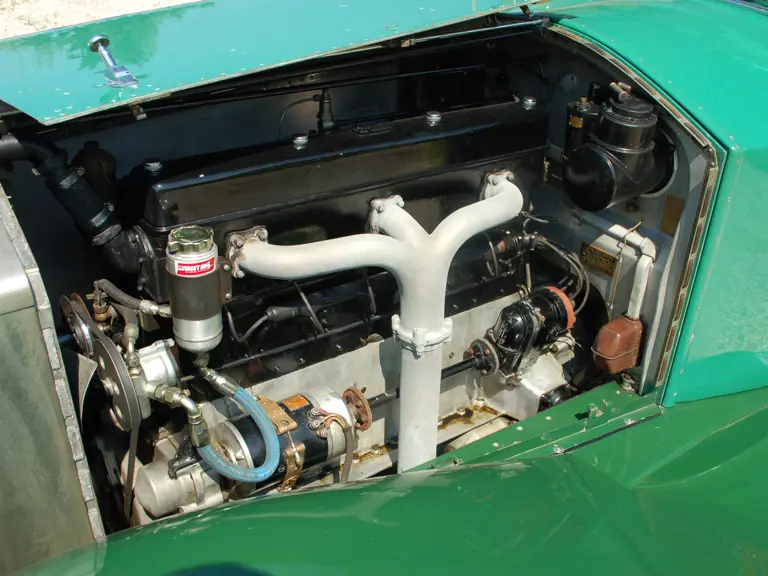
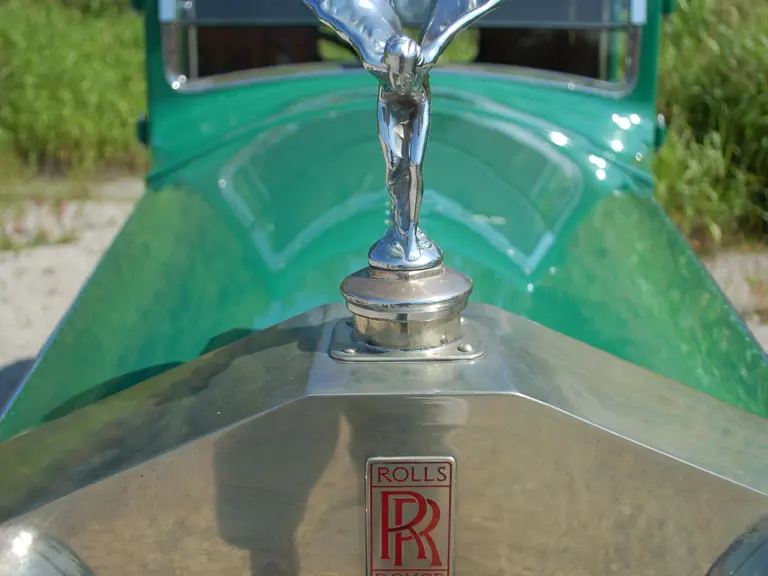

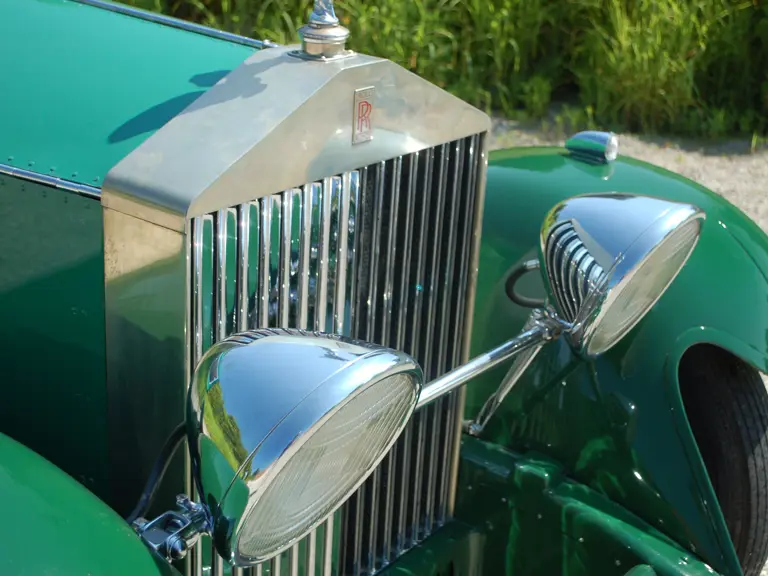
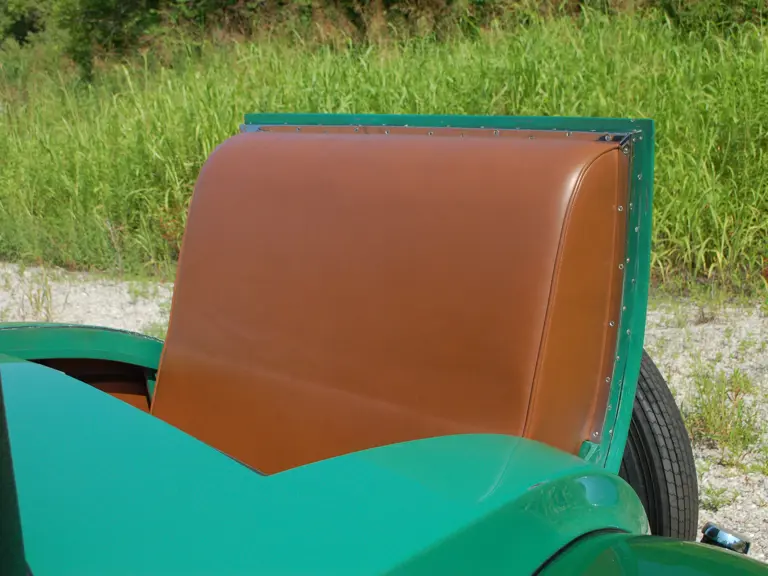


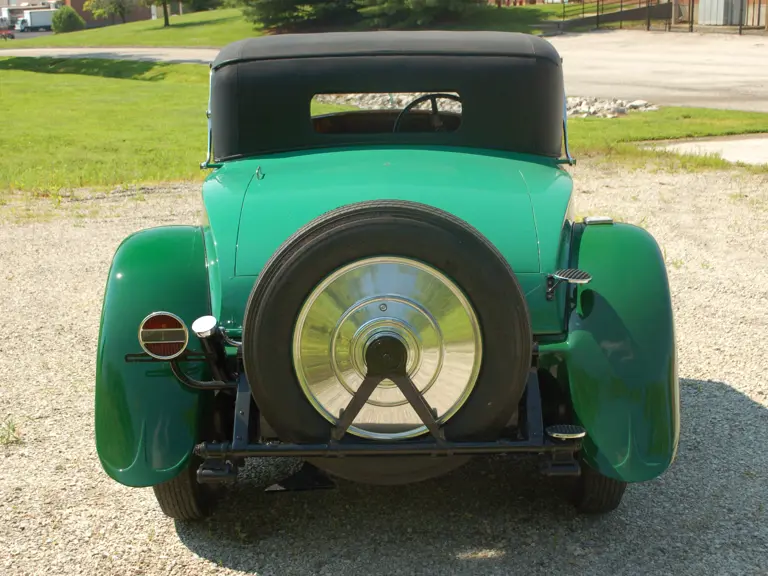

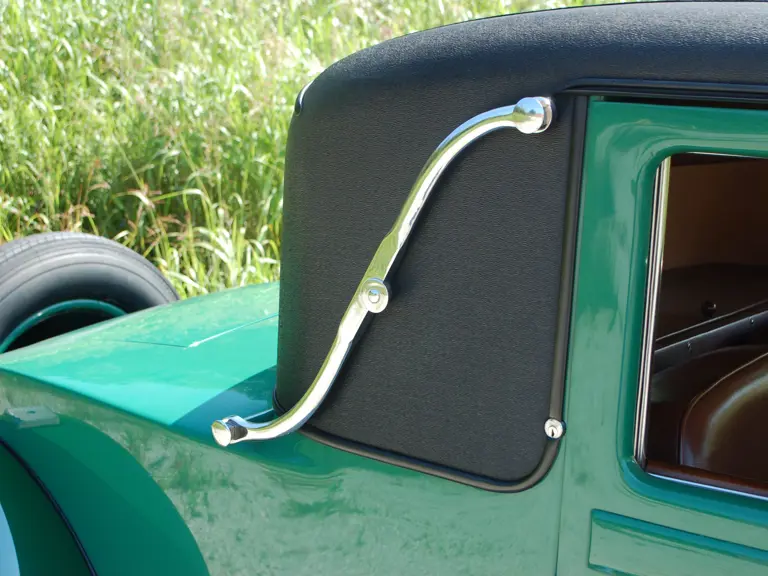

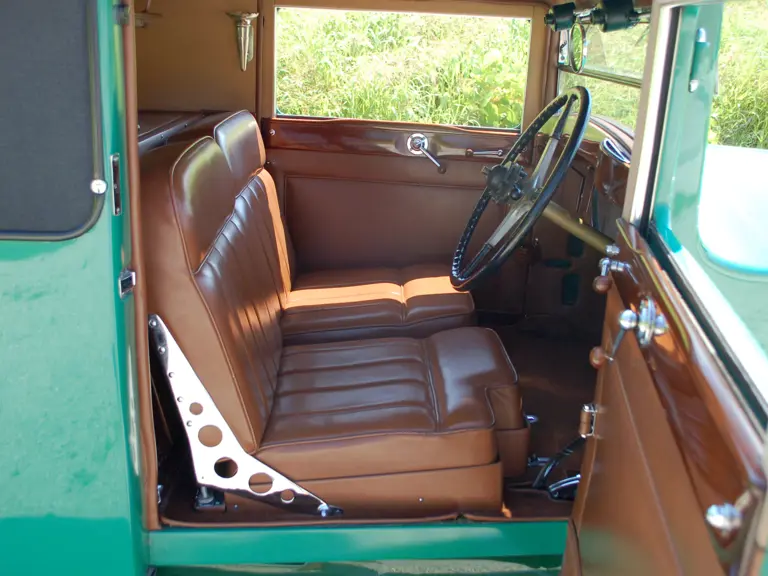
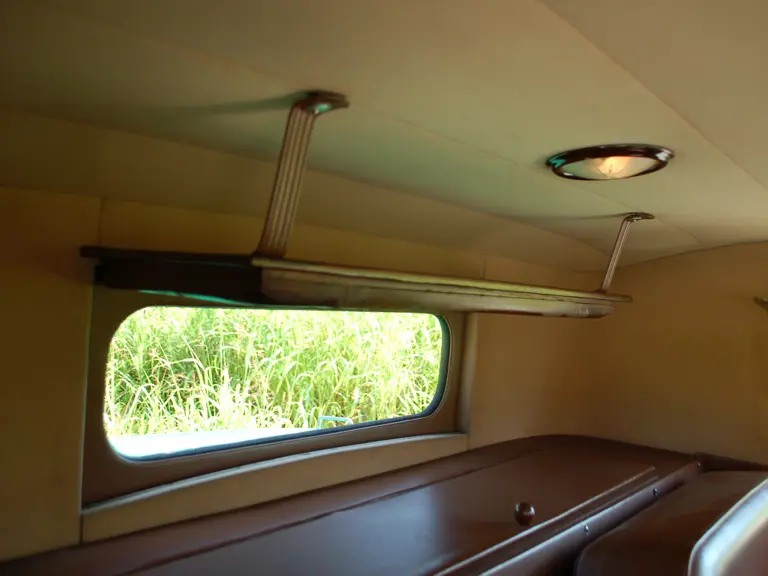

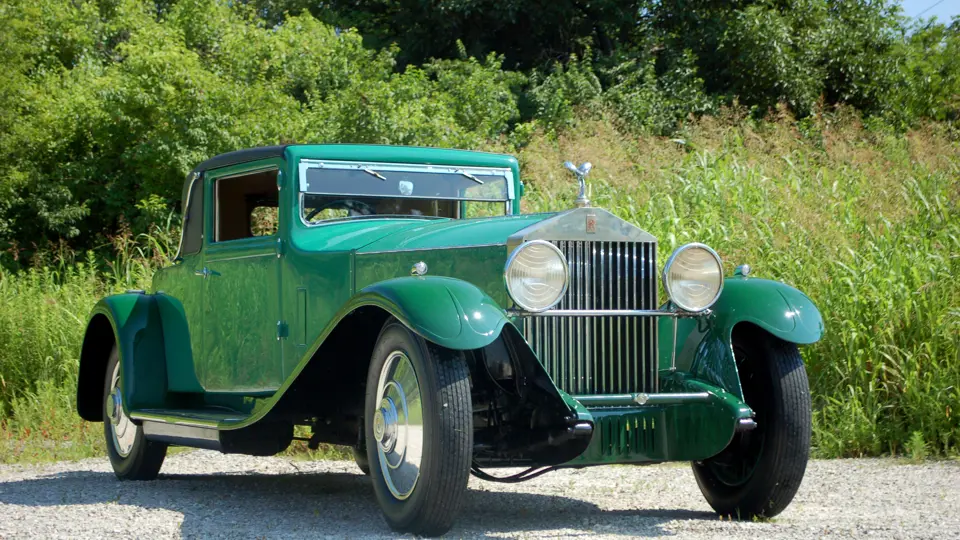
 | London, United Kingdom
| London, United Kingdom

